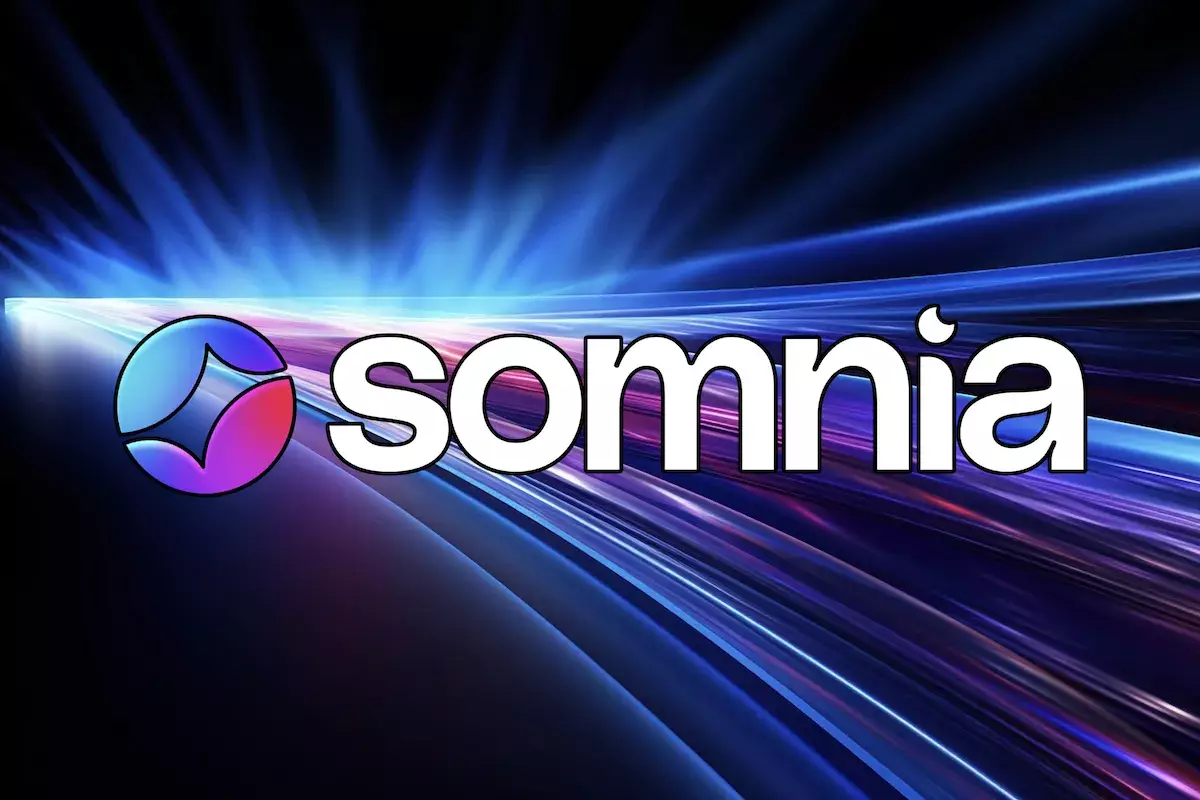In an era where speed and efficiency are paramount in the world of technology, Somnia has emerged as a significant player on the blockchain stage. This layer-1 blockchain platform has made headlines by unveiling its exceptional Devnet test results, showcasing capabilities that challenge existing notions around the limits of blockchain performance. With figures such as 1.05 million ERC-20 token transfers per second and the ability to mint 300,000 NFTs every second, Somnia is setting a new standard for what decentralized applications (dApps) might achieve in terms of throughput and responsiveness.
The impressive metrics presented by Somnia don’t merely represent numbers; they signify a fundamental shift in blockchain technology’s capacity to handle daily demands. Traditional blockchain platforms frequently struggle with scalability, leading to slower transaction times and higher costs, which can pose a barrier for developers and users alike. Somnia’s ability to sustain a mere 100 milliseconds average block time while performing extensive token transactions redefines the conversation around blockchain limitations, suggesting that structures previously deemed restrictive may not be as binding as once thought.
One of the cornerstones of Somnia’s success is its innovative architecture, fine-tuned by Improbable. The integration of a custom Ethereum Virtual Machine (EVM) compiler and advanced data compression techniques underpins its ability to process vast amounts of information efficiently. This unique approach not only minimizes the transaction costs—keeping them under a penny—but also contributes to a frictionless user experience as transaction delays are reportedly limited to around 900 milliseconds.
The bespoke EVM plays a pivotal role, enabling Somnia to optimize transaction processing in ways that generic solutions cannot. By leveraging IceDB, a specially designed database with lightning-fast read-and-write capabilities, the platform ensures that the rapid transaction speeds are matched by minimal delays. Together, these components create an environment conducive to high-performance dApp creation, thereby reducing concerns about scalability and cost, which have traditionally hampered developers’ ambitions.
Somnia’s dedication to demonstrating its technological prowess is evident in its Devnet testing phase, which saw 50,000 Uniswap trades processed per second across 100,000 accounts. This exemplifies the platform’s readiness to accommodate real-world applications, illustrating how it can manage significant surges in activity, such as during market emergencies or promotional events where transaction volumes typically spike.
This level of performance is not merely an abstract claim; it is a tangible demonstration that could initiate a new era for blockchain applications. Paul Thomas, the Founder and CEO of Somnia, expressed optimism about these results, noting that they not only surpass their expectations but also reveal a pathway for fully on-chain applications, thereby diminishing previous speed and scalability concerns that developers faced.
Looking ahead, Somnia aims to transition from its successful Devnet phase to a public testnet, allowing a broader audience of developers and blockchain enthusiasts to engage with the technology firsthand. This will empower users to delve into the construction of various dApps—ranging from gaming to social networking and financial services—without the constraints often associated with slower and costlier legacy systems.
In this upcoming environment, creators will have the opportunity to experiment, refine, and innovate without the pressing anxiety of transaction times or exorbitant fees, effectively democratizing blockchain technology. As Somnia continues to evolve, the promise of a more scalable and cost-effective blockchain platform could pave the way for unprecedented levels of on-chain creativity and functionality.
Somnia’s Devnet accomplishments present a compelling narrative about the future of blockchain technology. By focusing on speed, scalability, and affordability, the platform not only emerges as a technical marvel but also as a catalyst for innovation within the growing Web3 space. If its performance results are any indication, Somnia is poised to lead a revolution in how developers approach dApp design—reshaping their perspectives on what is achievable in a decentralized framework. As the world watches, the impact of Somnia’s endeavors may redefine blockchain’s future landscape, opening doors to exciting new opportunities for both users and developers.

